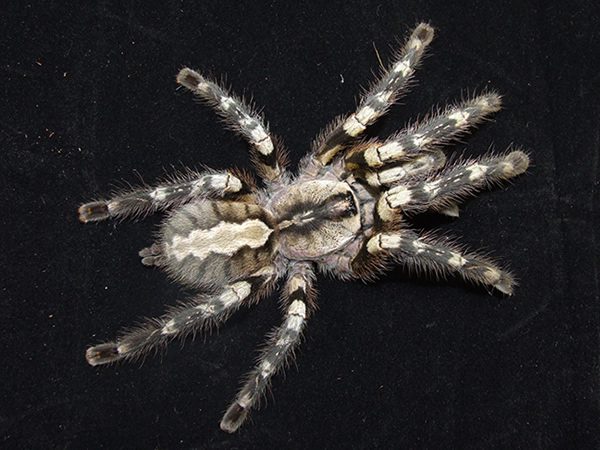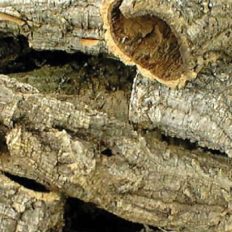Poecilotheria regalis
Indian Ornamental (2cm)
POCOCK, 1899
Species Info:
Origin
Lifestyle
Temp
Humidity
Leg Span
Disposition
Suitability
Attractively coloured, this is a firm favourite of the hobby and the most commonly kept Poecilotheria and is considered the most “calm” species preferring to hide rather than show aggression. As with all Poecilotheria species it has motley patterned legs with yellow stripes underneath them and ornamental figures on the abdomen and carapace. This is possibly the most popular arboreal Tarantula as it have a rather large adult size and is easy to breed.
Another interesting factor that makes this species popular is that it is one of the few species of Tarantula that can be kept communally (in groups) from the young stages. Several spiderlings can be observed feeding on the same food item. We can usually supply small groups from the same eggsack.
In nature it inhabits more xeric areas than most other Indian and Sri-Lankan species, so it needs some lower humidity for keeping in captivity. It lives in silken retreats in hollows of dead and alive trees usually above ground. Unfortunately the number of Poecilotheria spp. in the wild is decreasing due to deforestation (firstly of primary forests) and low ability of adaptation to human impact factors (P.Kirk, P.Carpentier (1996).
This is one of the hardiest and easy to keep species in the hobby. It is fast growing and often bred, however it is also very fast and will bite if provoked. So best suited to confident keepers with some experience.





